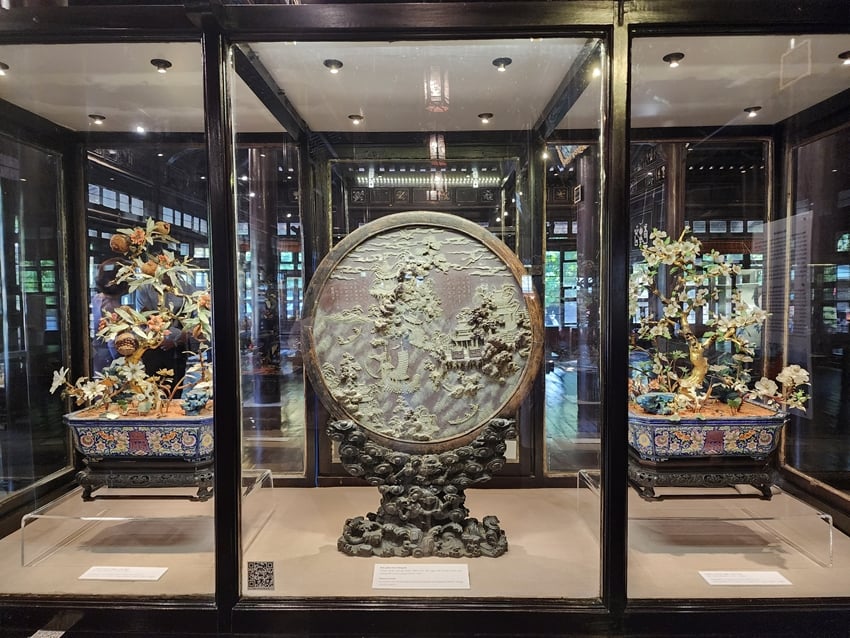 |
| Minh Mang era relief (artifact in the middle) is on display at the Hue Royal Antiquities Museum |
On December 31, 2024, Deputy Prime Minister Le Thanh Long signed Decision No. 1712/QD-TTg recognizing 33 artifacts as National Monuments in the 13th period in 2024, of which 4 artifacts were recognized in Hue. The newly recognized treasures in this period are all original, unique artifacts with unique historical and cultural values.
The Deputy Prime Minister requested the Minister of Culture, Sports and Tourism, Chairmen of People's Committees at all levels where the National Park is located, Ministers, Heads of ministerial-level agencies, agencies under the Government, heads of sectors and organizations assigned to manage the above-recognized national treasures, within the scope of their duties and powers, to manage the National Park in accordance with the provisions of the law on cultural heritage.
The artifacts recognized this time in Hue include: Ngo Mon Bell of Minh Mang period (currently located at Ngu Phung Tower - Hue Imperial City); pair of dragon statues of Thieu Tri period (located at Thai Hoa Palace); Minh Mang period reliefs currently on display at Hue Royal Antiquities Museum. The throne of Emperor Duy Tan is currently being preserved at the Hue Royal Antiquities Museum's antique warehouse and will be displayed and introduced to visitors and the public in the near future.
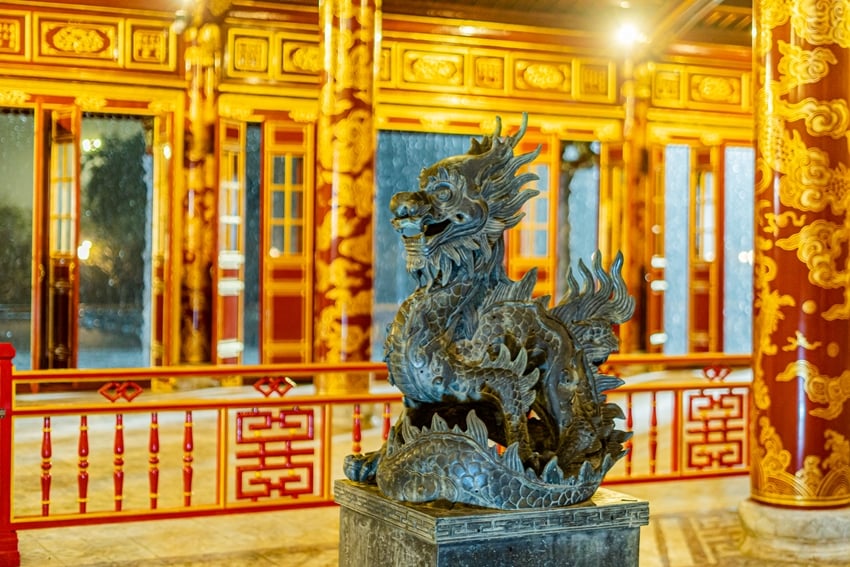 |
| The dragon statue from the Thieu Tri period is now placed in Thai Hoa Palace. |
The Ngo Mon bell is a unique work of art in the sculpture, painting, and bronze casting industry of the Minh Mang Dynasty (1820-1841) in particular and the Nguyen Dynasty (1802-1945) in general.
This is the only bell cast to be placed at the main gate space in the south, the largest of the four main gates of the Hue Imperial Citadel. The bell was used in all royal ceremonies, considered a symbol of the feudal dynasty. The National History Institute of the Nguyen Dynasty specifically recorded the rules for casting bells, the method, quantity as well as the usage specifications of each type of bell in the "Dai Nam Thuc Luc" depending on the nature, location and content of each ceremony.
Along with the Nine Dynastic Urns, the Ngo Mon Bell is one of the bronze treasures cast under the Minh Mang Dynasty, currently present in the Hue Imperial City, a tangible heritage belonging to the Hue Monuments Complex and a treasure in the Vietnamese cultural heritage treasury.
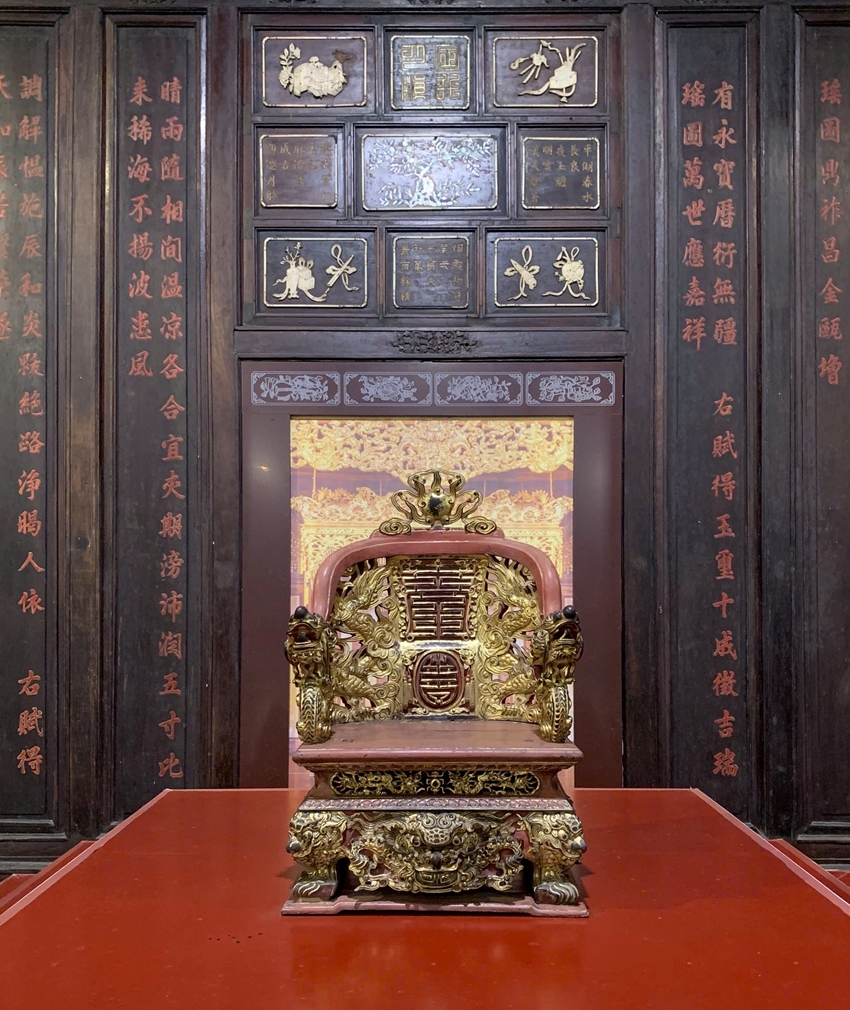 |
| Emperor Duy Tan's throne is on display at the Hue Royal Antiquities Museum. |
The Duy Tan Emperor Throne was specially made by the royal court for him when he ascended the throne at the age of 7. Duy Tan was the 11th emperor of the Nguyen Dynasty (1802 - 1945), he ascended the throne on September 5, 1907 (July 28, Dinh Ty year). To suit the Emperor's stature, the royal court specially made a small throne for use in the king's coronation ceremony. The styles and decorative patterns on the throne apply the techniques of painting, gilding, embossing or carving, partly demonstrating the richness and diversity of wood carving art as well as the talented hands of contemporary artisans.
The Minh Mang stone relief is the only marble artifact that bears the mark of Emperor Minh Mang, expressed through the poem “Ngu che” and the poem “Minh” carved on both sides of the relief. This is a typical and unique masterpiece, not only demonstrating the pinnacle of stone carving but also demonstrating the level and wood carving techniques of artisans under the Nguyen Dynasty.
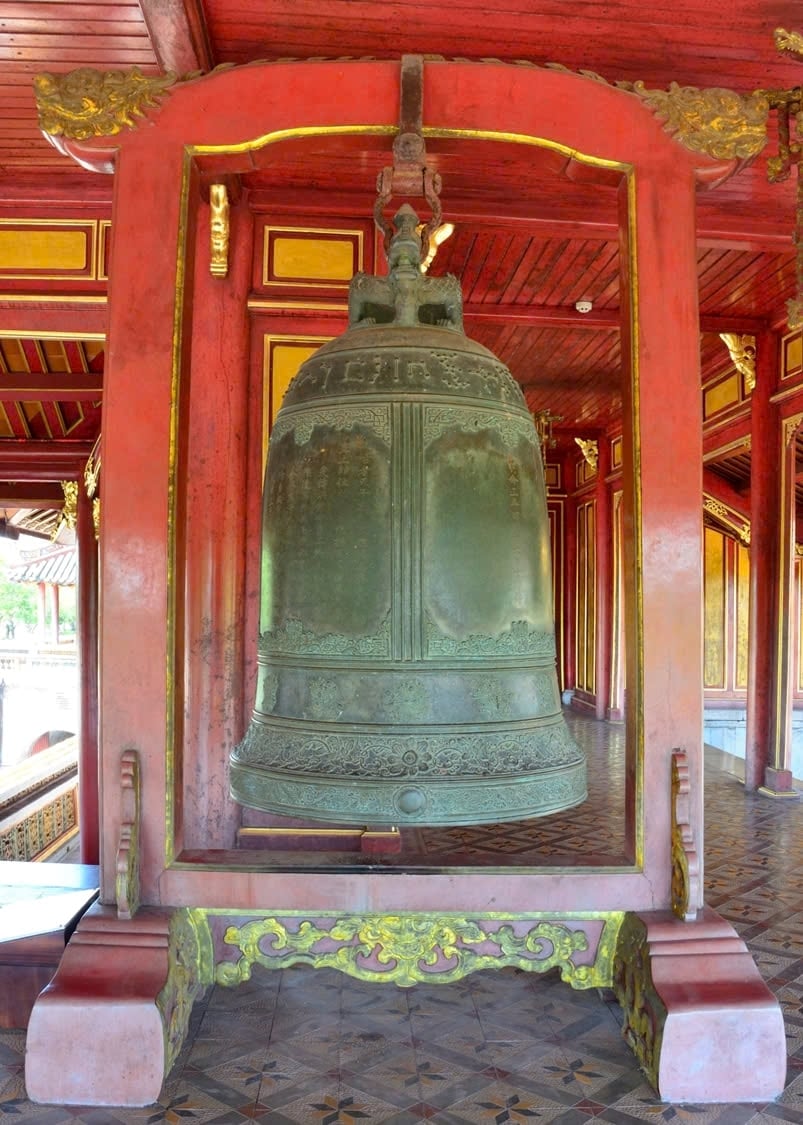 |
| Ngo Mon Bell of Minh Mang period at Ngu Phung tower - Hue Imperial City |
The Thieu Tri dragon statue is a set of bronze artifacts with historical, artistic and cultural value; it is the pinnacle of integration, simulating the shape of the "golden seals" cast under the dynasties from Minh Mang to Thieu Tri with the style of "... a coiled dragon". The original dragon statue was placed in front of the porch of Can Thanh Palace, the daily living and working space of the king. Through the typical dragon image of the Nguyen Dynasty, with motifs: Long an van, chrysanthemum - sun... and decorative patterns (clouds, fire knives, hoi van chu cong...) with symbolic meaning as the role of "son of heaven", carrying the "mandate of heaven", expressing the strong power of the royal power and the aspiration for a peaceful and prosperous country, peaceful and prosperous people...
Hue is among the provinces and cities with the largest number of national museums in the country, with 35 recognized artifacts/sets of artifacts. Most notably, the heritages left by the Nguyen Dynasty - the last feudal dynasty in Vietnam - are still almost intact. With 4 recognized artifacts this time, the total number of Hue's national museums has increased to 39 recognized artifacts/sets of artifacts.
In 2024, the Appraisal Council of Thua Thien Hue Province (now Hue City) met and agreed on the dossier proposing the recognition of National Monuments for these 4 artifacts. All were based on the criteria for determining and recognizing National Monuments such as: uniqueness; special value marking important historical events of the country or associated with historical figures.
Source: https://baothuathienhue.vn/van-hoa-nghe-thuat/thong-tin-van-hoa/4-hien-vat-trieu-nguyen-la-bao-vat-quoc-gia-149663.html


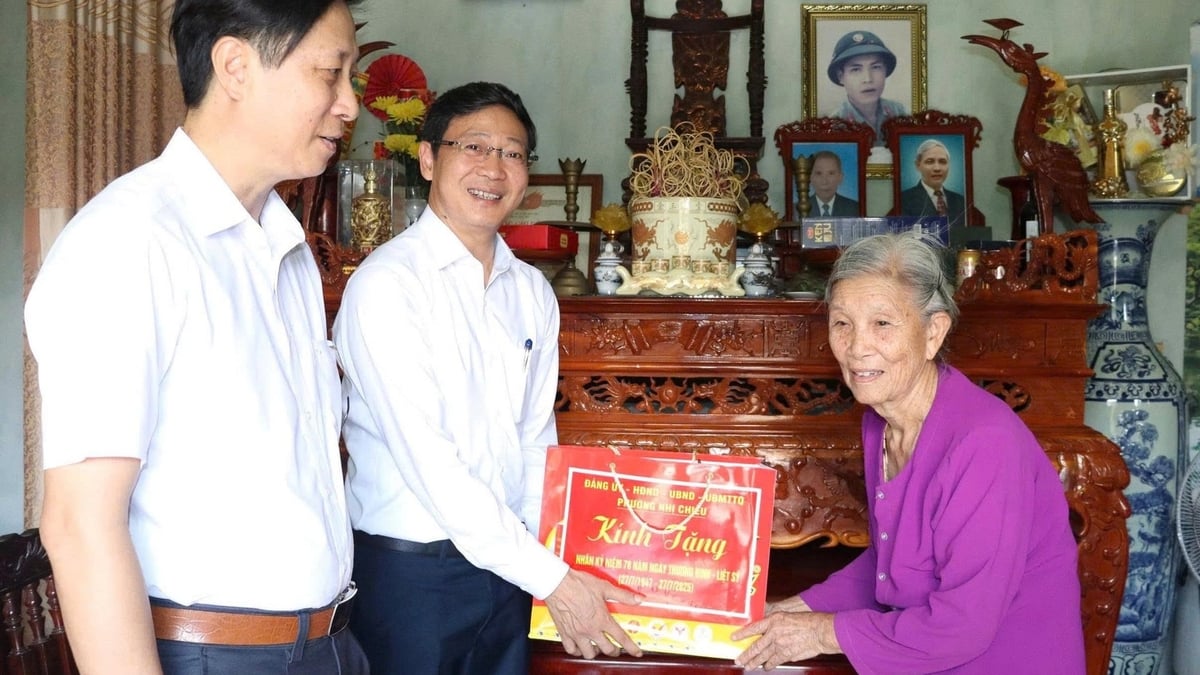
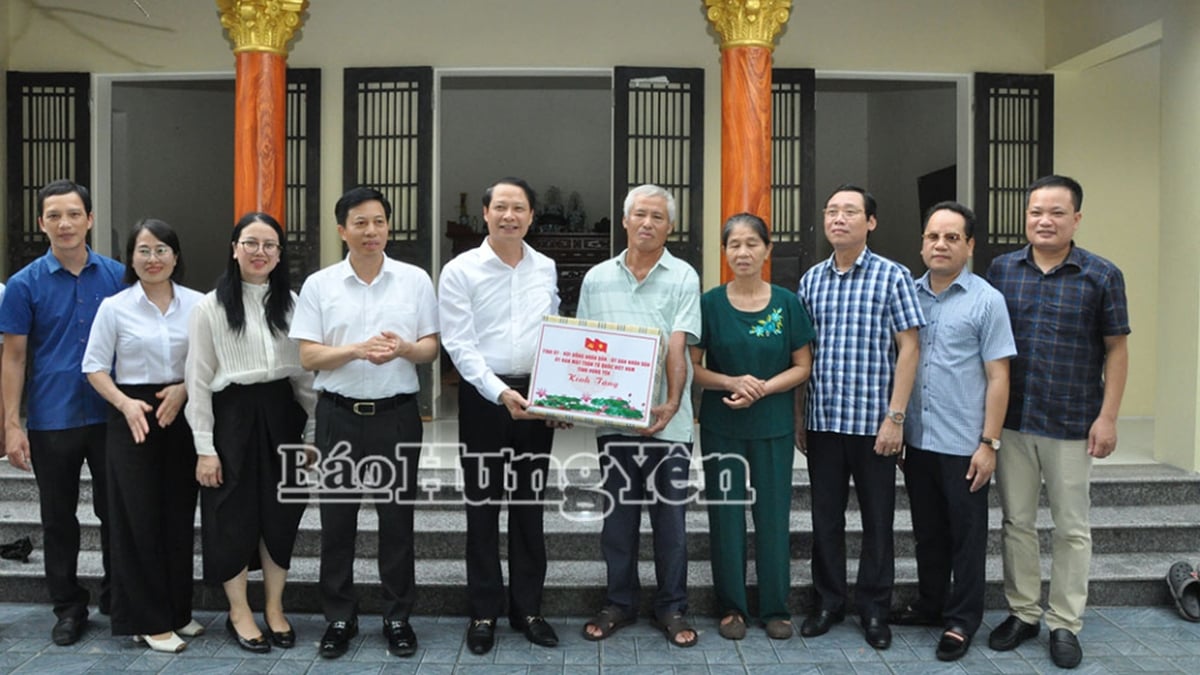


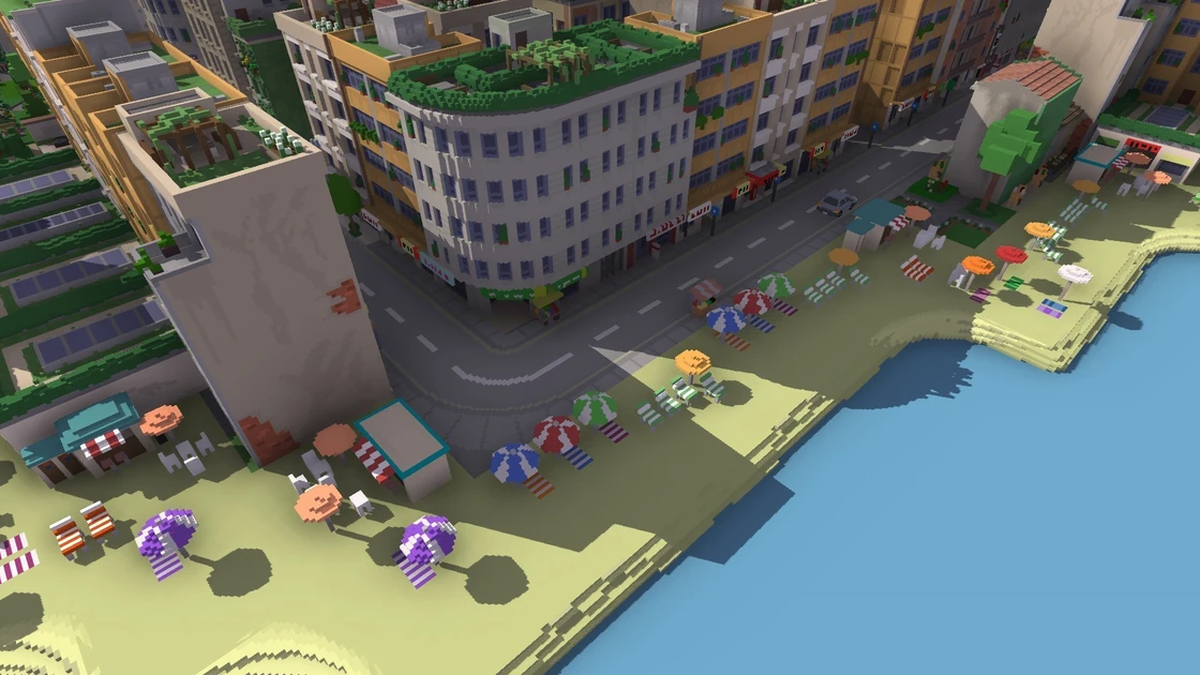
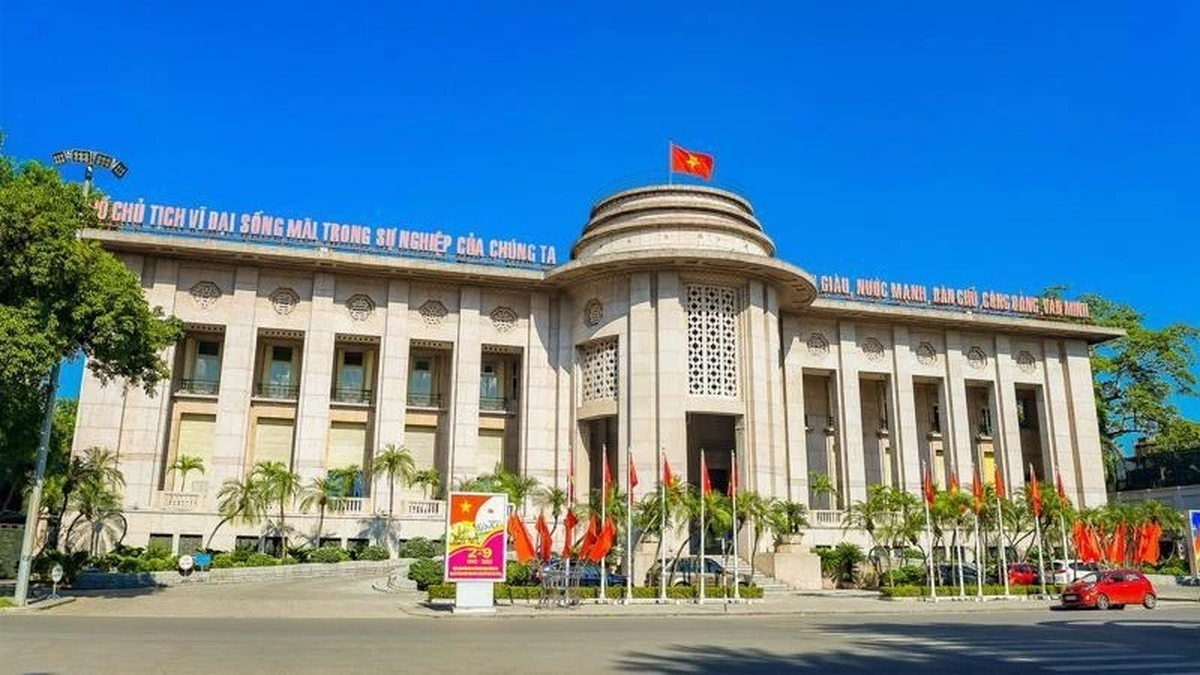
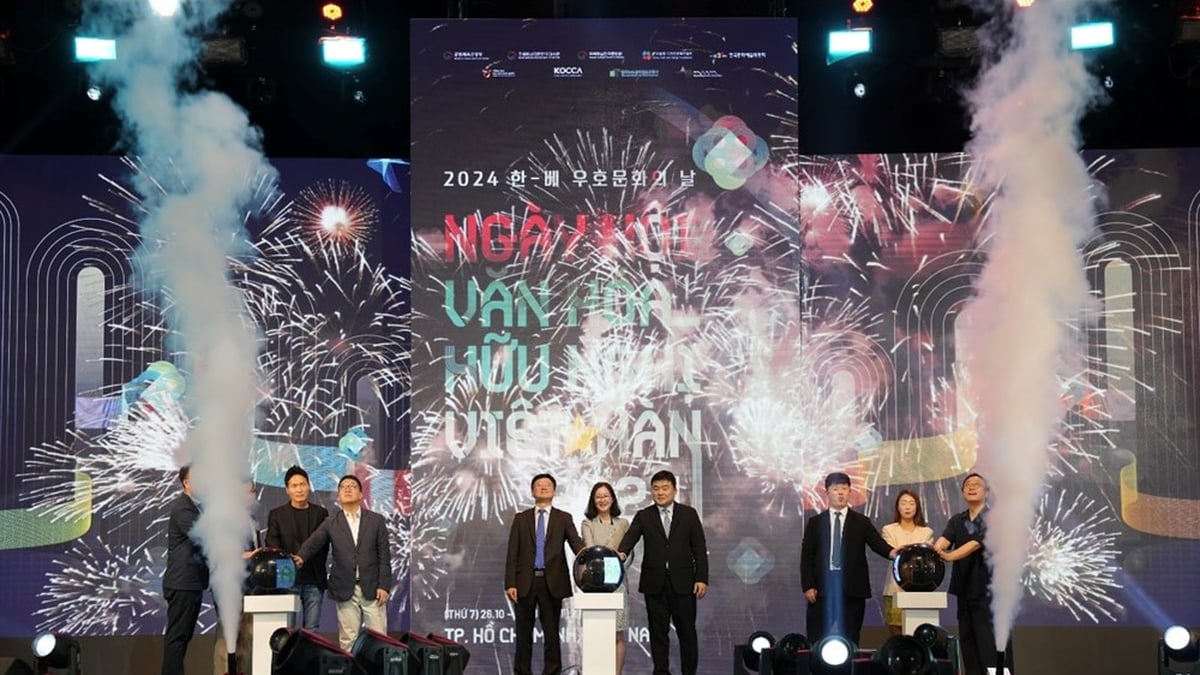
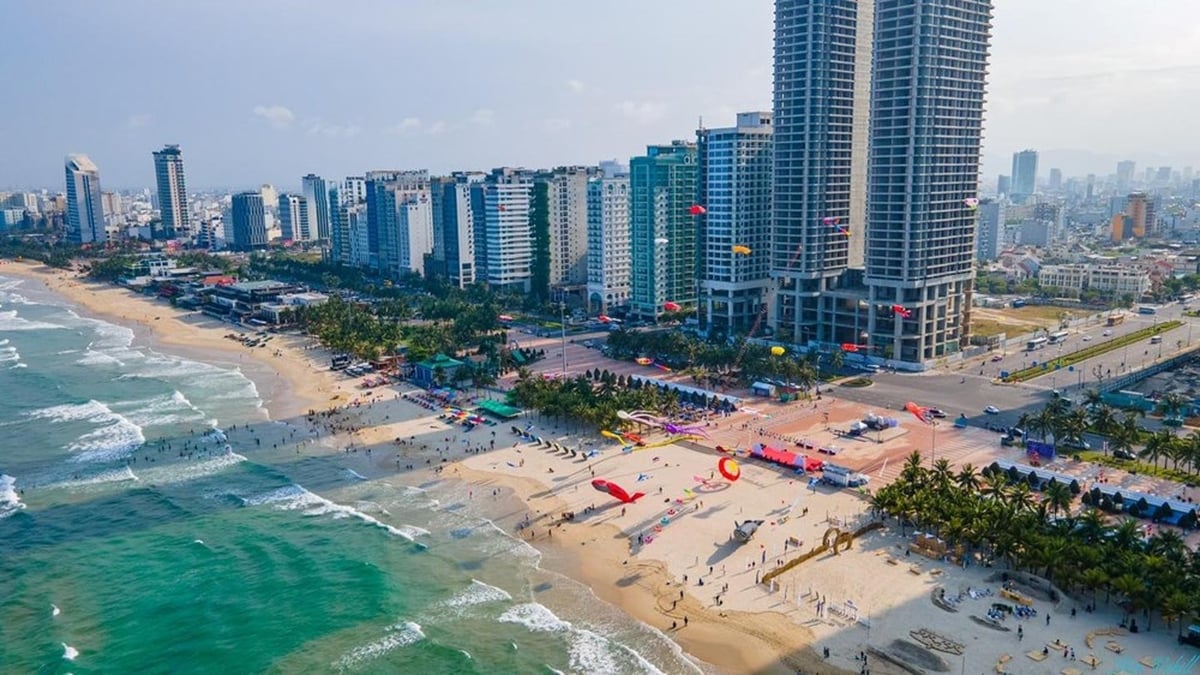
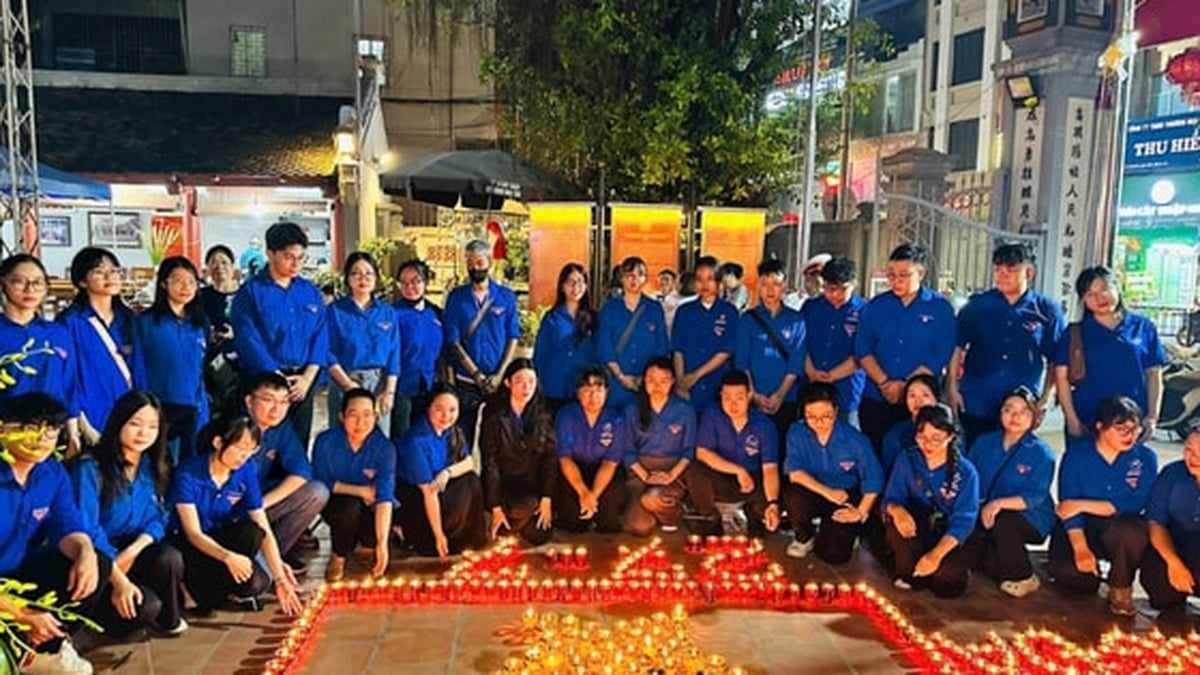
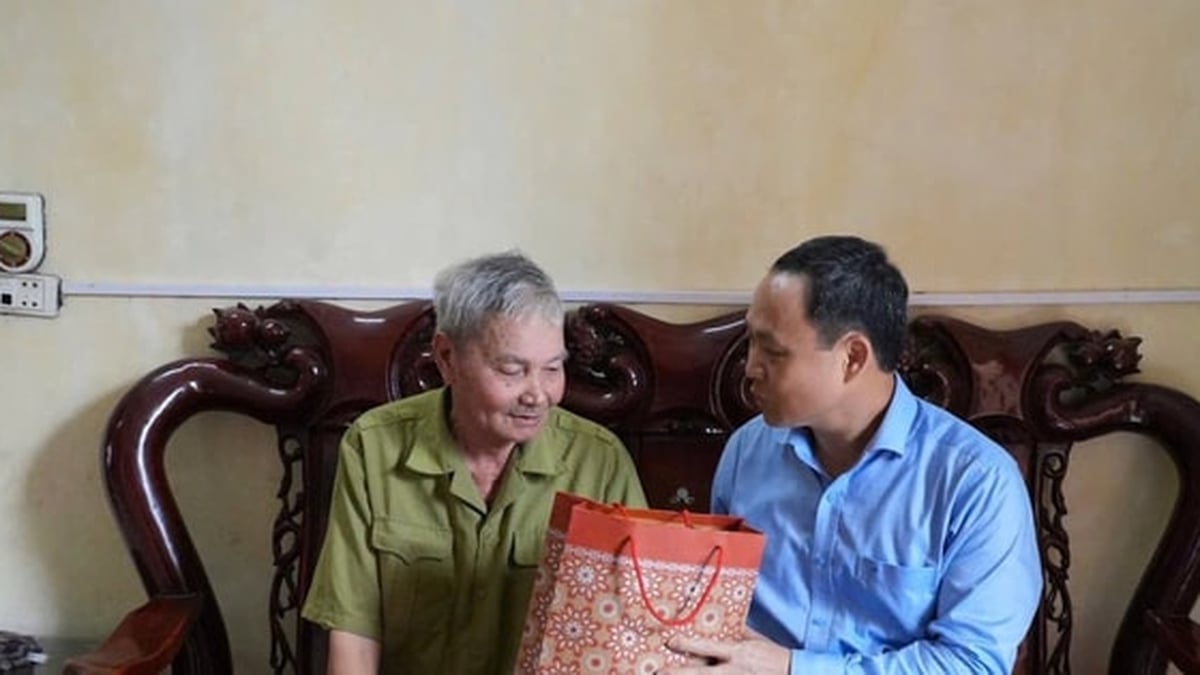













![[Photo] Signing of cooperation between ministries, branches and localities of Vietnam and Senegal](https://vphoto.vietnam.vn/thumb/1200x675/vietnam/resource/IMAGE/2025/7/24/6147c654b0ae4f2793188e982e272651)








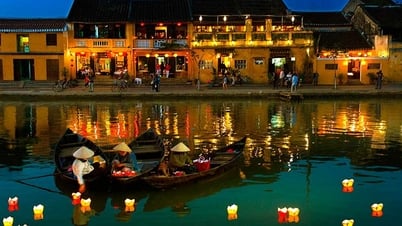



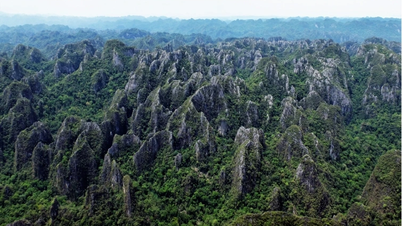


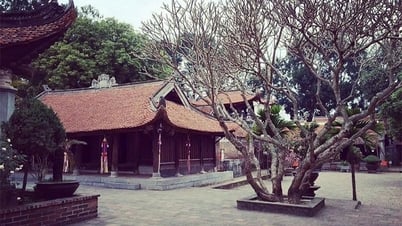

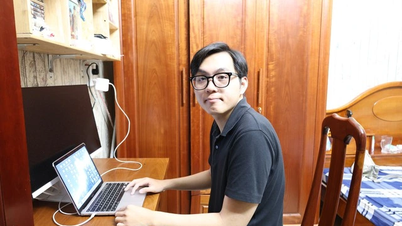

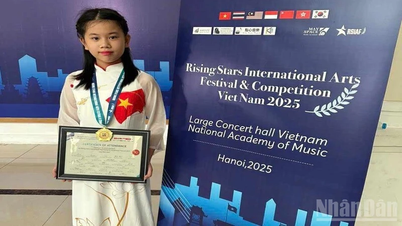


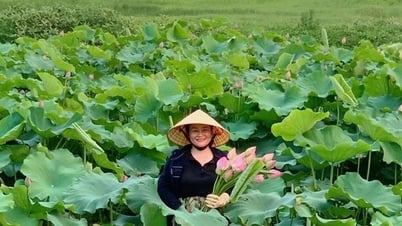

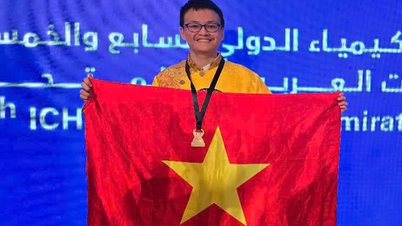

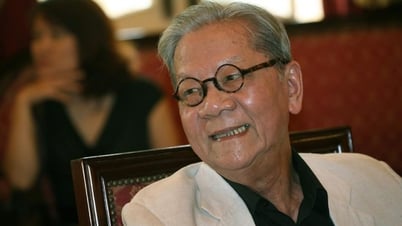








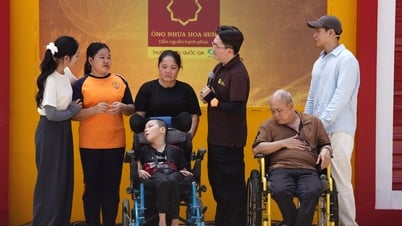
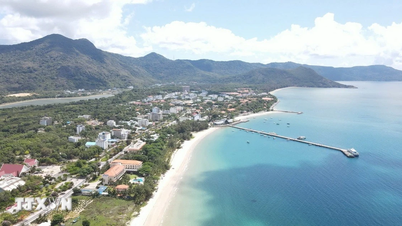






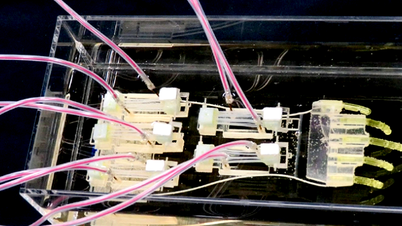




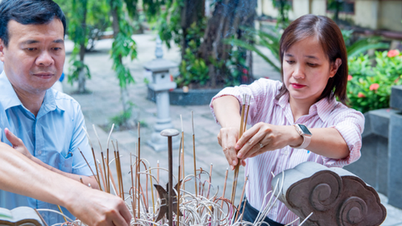
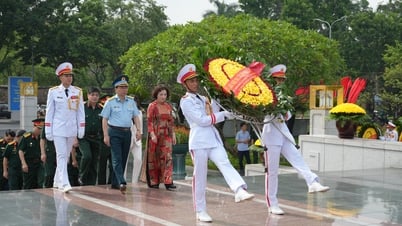

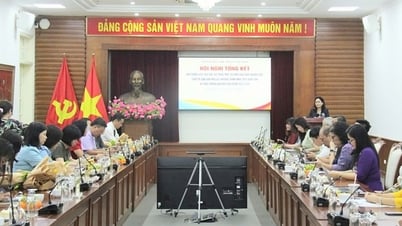


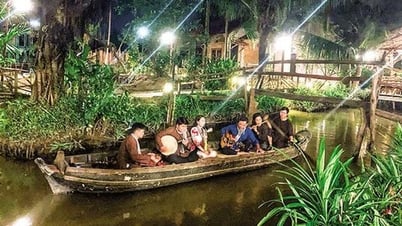






















Comment (0)